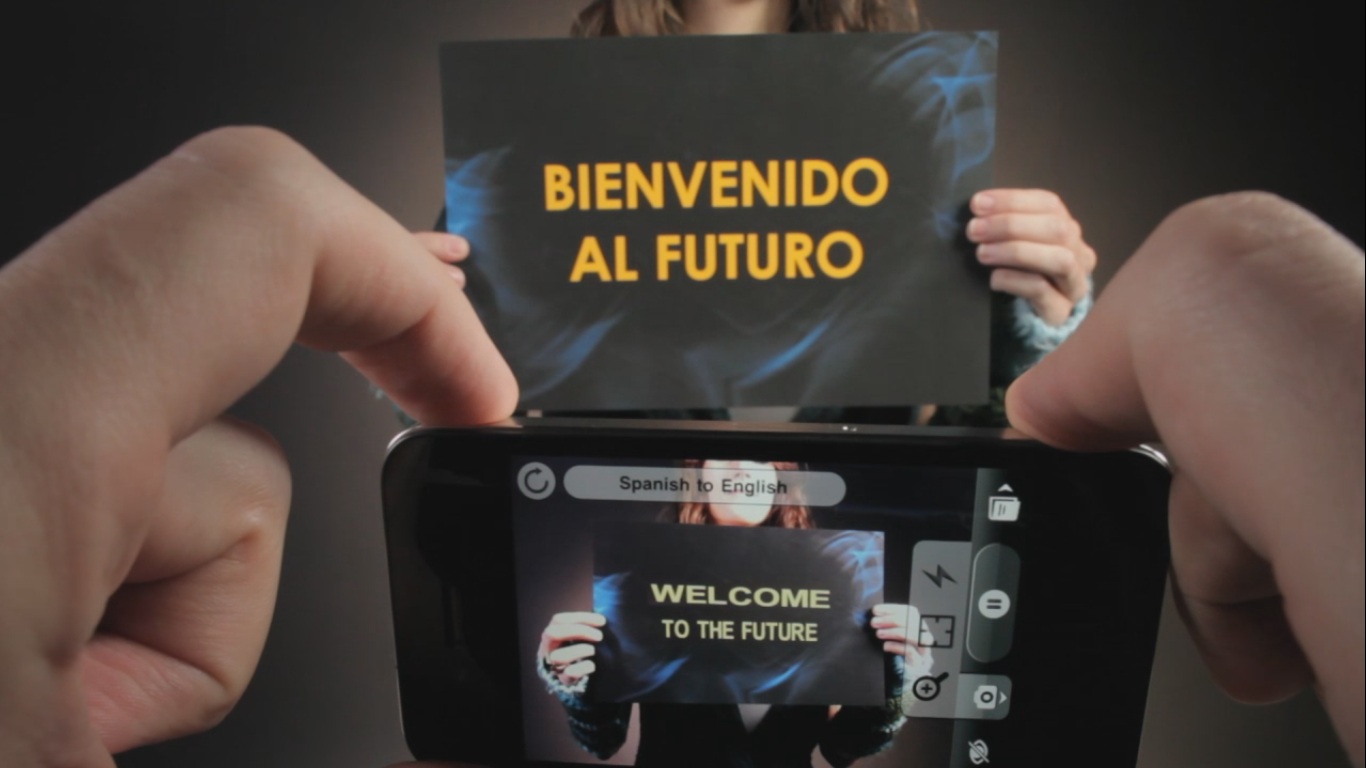
Machine translation
Machine translation is use of either rule-based or probabilistic (i.e. statistical and, most recently, neural network-based) machine learning approaches to translation of text or speech from one language to another, including the contextual, idiomatic and pragmatic nuances of both languages.
Not to be confused with Computer-assisted translation, Interactive machine translation, or Translator (computing).Translation from multiparallel sources[edit]
Some work has been done in the utilization of multiparallel corpora, that is a body of text that has been translated into 3 or more languages. Using these methods, a text that has been translated into 2 or more languages may be utilized in combination to provide a more accurate translation into a third language compared with if just one of those source languages were used alone.[35][36][37]
Copyright[edit]
Only works that are original are subject to copyright protection, so some scholars claim that machine translation results are not entitled to copyright protection because MT does not involve creativity.[76] The copyright at issue is for a derivative work; the author of the original work in the original language does not lose his rights when a work is translated: a translator must have permission to publish a translation.